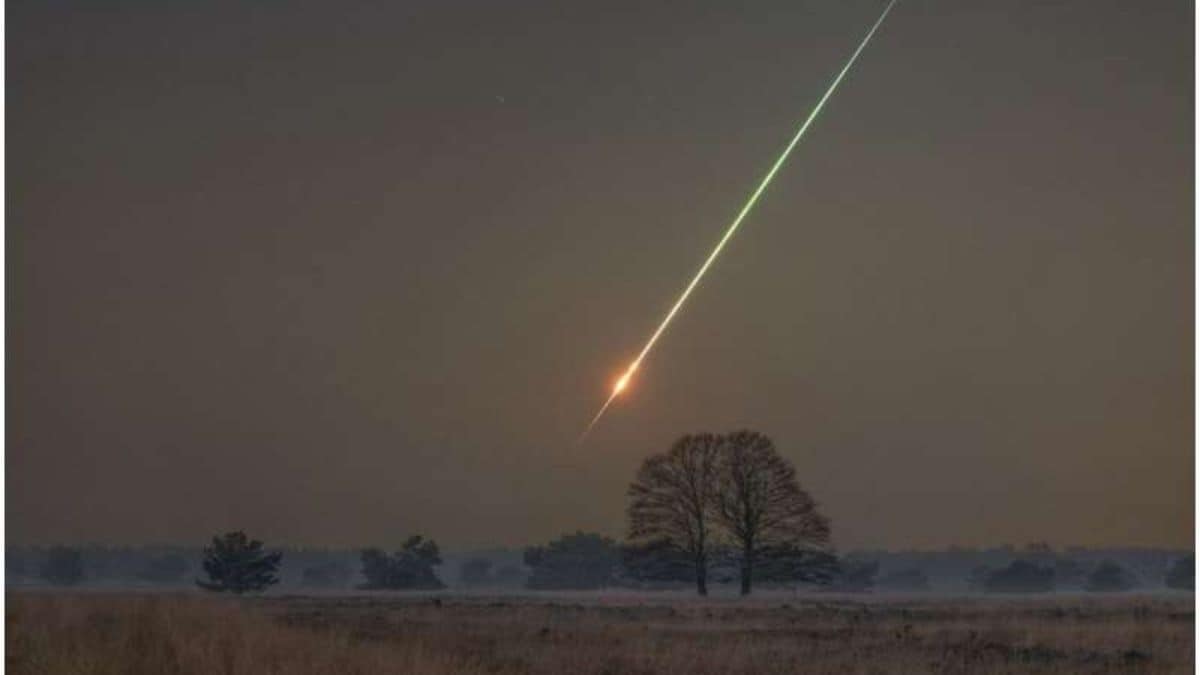For the first time, astronomers have tracked an asteroid from its discovery to its demise. A rock known as 2023 CX1, which was about one meter wide, crashed into Earth's atmosphere over France on February 13, 2023. Telescopes and networks tracked it after it was spotted just seven hours earlier. Scientists found meteorite fragments scattered throughout Normandy as a result of the explosion. The team's analysis reveals that the asteroid held together until it was about 28 kilometers above the ground, at which point it burst into flames, instantly releasing 98% of its energy.
Sudden Breakup and tracking
According to the research, the sudden airburst of 2023 CX1 was extremely unusual. This common L-chondrite asteroid did not break apart gradually; rather, it held together until it was about 28 km above the ground, at which point it broke under high pressure (approximately 4 million pascals, or about 40× atmospheric pressure). The majority of the energy from the blast was released close to the ground as a roughly spherical shock wave. According to models, compared to a gradual fragmentation like the 2013 Chelyabinsk meteor, this sudden breakup could result in significantly more ground damage.
L-type (ordinary stony) asteroids like this one are more dangerous to populated areas, according to researchers, and should be taken into consideration when developing planetary defense plans, which should include evacuation plans for areas that are predicted to be break-up zones.
The seventh asteroid discovered prior to impact, 2023 CX1, weighed 650 kg and was almost spherical. Its fall area was estimated by researchers to be within 20 meters. More than a hundred meteorite fragments were scattered throughout Normandy as the asteroid broke apart in a dazzling fireball. An L-chondrite meteorite with a known orbit is one of the fragments, called Saint-Pierre-Le-Viger.

Comments
Post a Comment